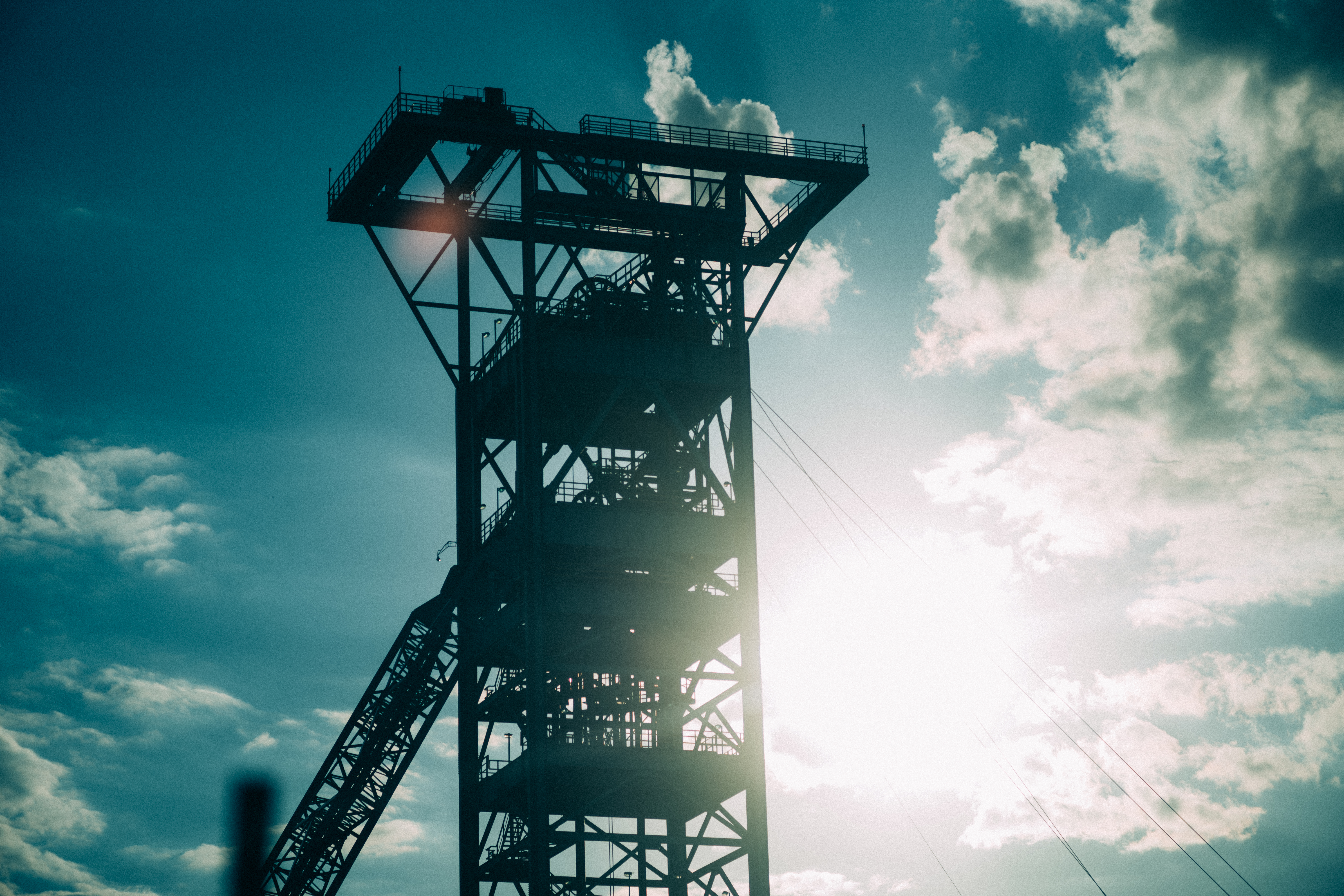The mine in question is De Beers’ Venetia operation in Limpopo, which was formerly open pit but has been transformed into an underground facility.
Open pit operations at Venetia ceased in December 2022 after more than 30 years of production. Construction of the underground section – at a cost of $2.2-billion, the biggest investment in South Africa’s diamond sector in decades – began in 2012. It is now 70% complete and has recorded its first production.
“The highly mechanised underground operation will deliver up to seven million tonnes of kimberlite ore per year, to produce between 4.5 million and 5.5 million carats of diamonds annually,” De Beers, a unit of Anglo American, said in a statement.
The mine is expected to operate until at least 2046 and employs 4,300 people, making it an economic lifeline for its host communities, the Musina and Blouberg municipalities.
This, it must be said, is an extremely rare, almost seismic, event for the South African mining industry – the first production being delivered from a new mine built by an old company.
Investment and consequently production in South Africa’s mining industry have been declining for decades in the face of ill-conceived regulations, policy uncertainty, labour and social unrest, and all the challenges of a failing state – rampant crime, power shortages and a collapsing rail network.
South Africa last accounted for more than 5% of global exploration spend in 2004, the year the Mineral and Petroleum Resources Development Act came into effect, giving rise to the original Mining Charter with BEE and other targets that are onerous from an investment perspective.
/file/dailymaverick/wp-content/uploads/2023/07/De-Beers-delivers-first-production-from-underground-operations-at-its-world-class-Venetia-Mine-in-South-Africa.jpg)
Read more in Daily Maverick: Mantashe’s missed mining target — SA at less than 1% of global exploration spend
South Africa now accounts for less than 1% of global exploration spend, a consequence of, among many other factors, the failure of the Department of Minerals and Energy (DMRE) to replace its useless Samrad system for processing mining rights applications with a functional mining cadastre.
Read more in Daily Maverick: Explainer: A mining cadastre and public transparency
There is a tender process now under way and the winning bidder is supposed to be announced this month, which has only a few days left. Without meaningful exploration, South Africa’s mining sector can hardly sustain long-term production. And indeed, Stats SA data highlights the fact that output has been falling for years.
It’s also important to note how costly the DMRE’s dithering has been in terms of lost time. Mining is a long game, a point underscored by De Beers’ announcement this week.
Construction of the underground mine at Venetia began in 2012, more than a decade ago, and is still only 70% complete. Once an ore body is discovered, it can take two decades or more before anything is extracted from it for commercial production.
Don’t expect any maiden production from another new South African mine anytime soon. DM




 The De Beers Venetia underground mine shaft, Limpopo, South Africa. (Photo: De Beers)
The De Beers Venetia underground mine shaft, Limpopo, South Africa. (Photo: De Beers)